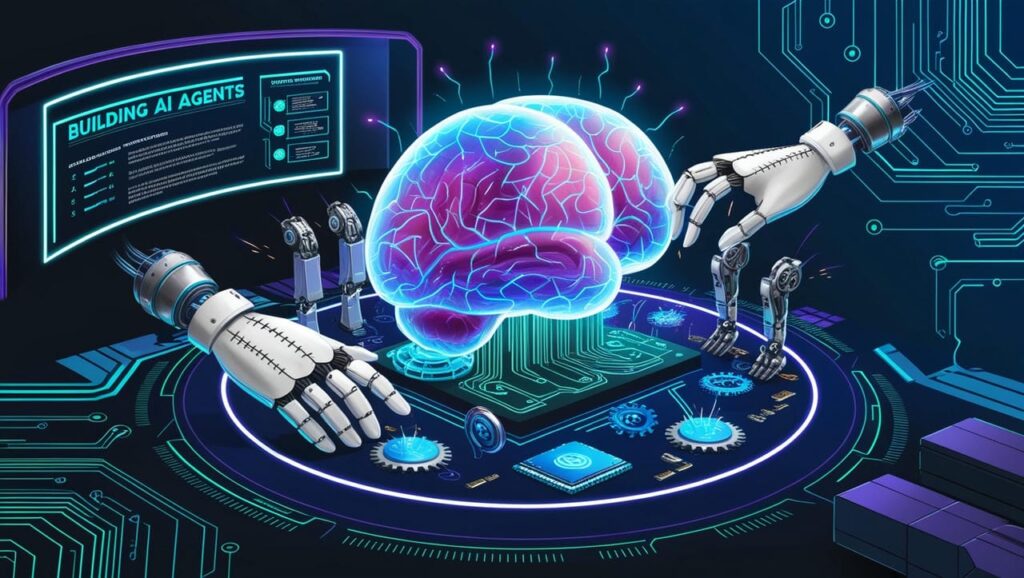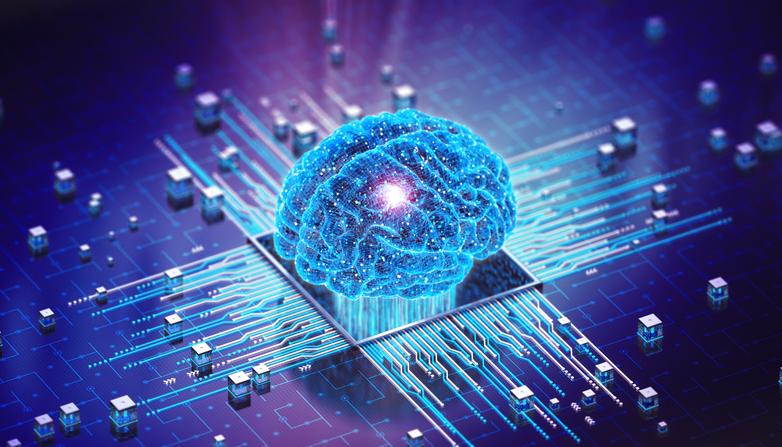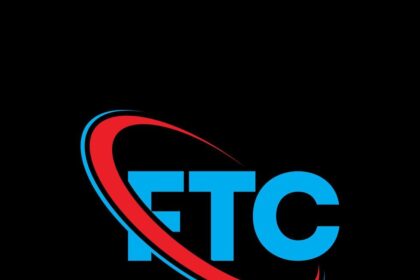In the grand architecture of technological progress, Advanced Computing Technologies (ACT) functions not merely as another sector among many, but as the fundamental skeletal framework upon which every other technological frontier depends, grows, and evolves. This hierarchical relationship represents one of the most profound structural realities of our digital age, a reality that policymakers, industry leaders, and researchers must fully grasp to navigate the complexities of technological governance and innovation strategy.
- The Foundational Hierarchy: Understanding ACT’s Structural Role
- Quantifying the Skeletal Dependency
- The Vertebrae of Innovation: ACT’s Multi-Layered Support Structure
- Cross-Sectoral Skeletal Analysis: Evidence from Key Frontiers
- The Brittleness Factor: Systemic Vulnerabilities in the Skeleton
- Strategic Implications: Governing the Technological Skeleton
- Future Architecture: Evolving the Skeleton
- Embracing Skeletal Thinking
The Foundational Hierarchy: Understanding ACT’s Structural Role
To comprehend ACT’s skeletal function, we must first establish a clear hierarchy of technological dependence. At its core, ACT encompasses the fundamental computational infrastructure, algorithms, processing architectures, and data management systems that enable all digital functionality. This includes everything from quantum computing and neuromorphic processors to distributed computing frameworks and advanced semiconductor technologies.
Consider the stark reality: every emerging technology sector, artificial intelligence, biotechnology, renewable energy systems, autonomous vehicles, space exploration, and financial technology, relies absolutely on ACT’s foundational capabilities. Without robust computational frameworks, machine learning algorithms cannot process the 2.5 quintillion bytes of data generated daily. Without advanced semiconductor architectures, the Internet of Things cannot connect the projected 75 billion devices expected by 2025. Without quantum computing breakthroughs, cryptographic security cannot evolve to protect our increasingly digital infrastructure.
This dependence is not merely supportive, it is existential. Remove the skeleton, and the body collapses.
Quantifying the Skeletal Dependency
The numerical evidence for ACT’s foundational role is overwhelming. According to the International Data Corporation, global spending on digital transformation reached $1.8 trillion in 2022, with 65% of this investment directly tied to advanced computing infrastructure and capabilities. The semiconductor industry alone, a core component of ACT, represents a $574 billion market that enables virtually every other technology sector.
More tellingly, research from MIT’s Technology Review indicates that computational requirements across all technology sectors are doubling approximately every 3.4 months, far outpacing Moore’s Law’s traditional 18-month cycle. This exponential demand creates what we might call “computational gravity”, a force that pulls all technological innovation toward increasingly sophisticated ACT solutions.
In biotechnology, for instance, the Human Genome Project required 13 years and $2.7 billion to complete in 2003. Today, advanced computing technologies enable whole genome sequencing in under 24 hours for less than $1,000. This 10,000-fold improvement in cost-effectiveness directly resulted from ACT advances in parallel processing, machine learning algorithms, and cloud computing architectures.

Related: Advanced Communications Tech: The Infrastructure No One’s Talking About
The Vertebrae of Innovation: ACT’s Multi-Layered Support Structure
ACT’s skeletal function operates through multiple interconnected layers, each providing essential support to different aspects of technological development:
Layer 1: Computational Substrate
The foundational layer consists of processing power, memory systems, and basic algorithmic frameworks. This substrate enables the mathematical operations underlying all digital technologies. Current developments in quantum computing, neuromorphic chips, and optical processing represent evolutionary advances in this fundamental layer.
Layer 2: Data Architecture
Advanced data management, storage, and retrieval systems form the second vertebra. The explosion of data, from 33 zettabytes in 2018 to a projected 175 zettabytes by 2025, requires increasingly sophisticated ACT solutions for capture, processing, and analysis across all sectors.
Layer 3: Intelligence Frameworks
Machine learning, artificial intelligence, and adaptive algorithms constitute the third layer, providing decision-making and pattern recognition capabilities that other technologies leverage. The $126 billion AI market directly supports innovation in autonomous systems, medical diagnostics, financial modeling, and climate prediction.
Layer 4: Integration Platforms
Cloud computing, edge computing, and distributed systems create the integration layer that allows different technologies to communicate, share resources, and operate coherently across complex environments.
Cross-Sectoral Skeletal Analysis: Evidence from Key Frontiers
Biotechnology and Healthcare
The pharmaceutical industry’s drug discovery process exemplifies ACT’s skeletal role. Traditional drug development required 10-15 years and cost $2.6 billion per approved drug. AI-driven computational biology platforms have reduced initial screening phases by 75%, with companies like DeepMind’s AlphaFold solving protein structure prediction problems that stumped researchers for decades. This breakthrough relied entirely on advanced neural networks, massive parallel computing, and sophisticated optimization algorithms, all core ACT technologies.
Climate Technology and Renewable Energy
Smart grids managing renewable energy integration process over 1.2 petabytes of data daily through advanced computing systems. Tesla’s Megapack installations utilize machine learning algorithms to optimize energy storage and distribution, while climate modeling requires supercomputing capabilities that consume significant portions of national computational resources. The European Centre for Medium-Range Weather Forecasts operates systems capable of 8.5 petaflops, computational power that enables climate prediction models supporting global renewable energy planning.
Autonomous Systems and Transportation
Self-driving vehicles represent perhaps the most visible example of ACT dependency. Each autonomous vehicle processes approximately 4 terabytes of data daily through advanced sensor fusion, real-time decision algorithms, and continuous machine learning updates. The computational requirements are so intensive that companies like Waymo and Tesla have developed custom AI chips specifically for automotive applications.
The Brittleness Factor: Systemic Vulnerabilities in the Skeleton
ACT’s skeletal role creates both tremendous opportunity and significant systemic risk. The 2021 global semiconductor shortage demonstrated how disruptions in foundational ACT components cascade across all technology sectors. Automotive production fell by 7.1 million units, consumer electronics faced delays of 6-12 months, and data center expansion slowed by 20-30%.
This brittleness extends beyond hardware. Cybersecurity breaches targeting core computing infrastructure can simultaneously impact multiple technology frontiers. The SolarWinds attack affected over 18,000 organizations across biotechnology, energy, finance, and government sectors, demonstrating how ACT vulnerabilities create systemic risks across the entire technological ecosystem.

Strategic Implications: Governing the Technological Skeleton
Understanding ACT as the skeleton of technological progress demands fundamental shifts in policy and investment strategies. Traditional sector-specific approaches become inadequate when dealing with foundational technologies that enable all other innovations.
Investment in ACT research and development yields multiplicative returns across all technology sectors. The $280 billion CHIPS and Science Act represents recognition of this skeletal relationship, but the interdisciplinary nature of ACT advancement requires coordination between previously siloed domains.
Educational and workforce development must similarly reflect ACT’s foundational role. The National Science Foundation reports that 85% of jobs in emerging technology sectors require some form of advanced computing literacy, yet current educational frameworks often treat computing as a separate discipline rather than a foundational skill set.
Future Architecture: Evolving the Skeleton
As we advance toward quantum computing, neuromorphic processing, and bio-inspired computational systems, ACT’s skeletal role will become even more pronounced. Quantum supremacy achievements in optimization and cryptography will fundamentally reshape capabilities across all technology frontiers. Neuromorphic computing promises energy efficiencies that could enable ubiquitous intelligent systems. Bio-computing integration may blur the lines between natural and artificial intelligence.
These developments require anticipatory governance frameworks that recognize ACT’s central role while fostering innovation across dependent sectors. The challenge lies in maintaining the skeleton’s strength and flexibility while enabling the diverse body of technologies it supports to evolve and flourish.

Embracing Skeletal Thinking
ACT is not merely another technology sector competing for resources and attention. It is the foundational infrastructure that makes all other technological frontiers possible. This skeletal relationship demands that policymakers, researchers, and industry leaders adopt hierarchical thinking that recognizes dependencies, anticipates cascading effects, and invests strategically in foundational capabilities.
The future of technological innovation depends not on choosing between different frontiers, but on strengthening the computational skeleton that supports them all. In this understanding lies the key to sustainable technological progress and the foundation for addressing humanity’s greatest challenges through integrated, computationally-enabled solutions.
The skeleton may be invisible, but it determines the shape, strength, and possibilities of everything built upon it. In ACT, we must recognize not just a sector, but the architectural foundation of our technological future.






